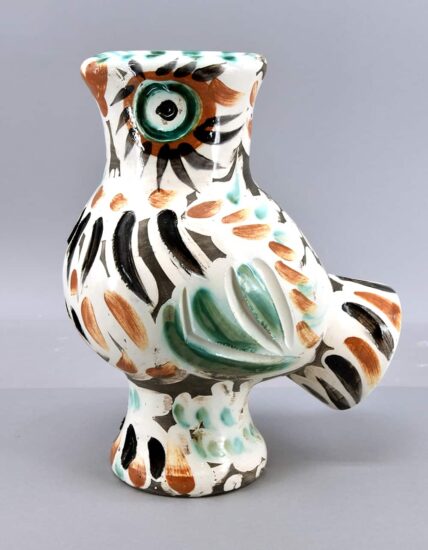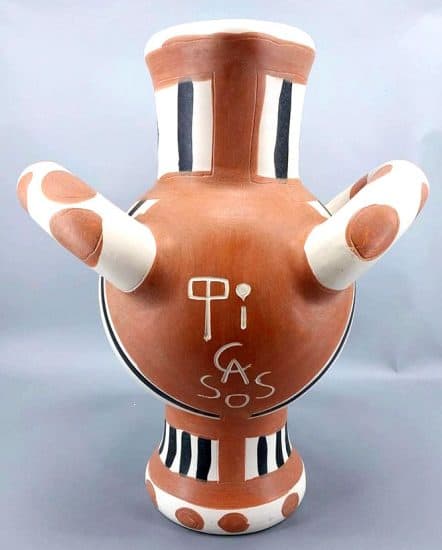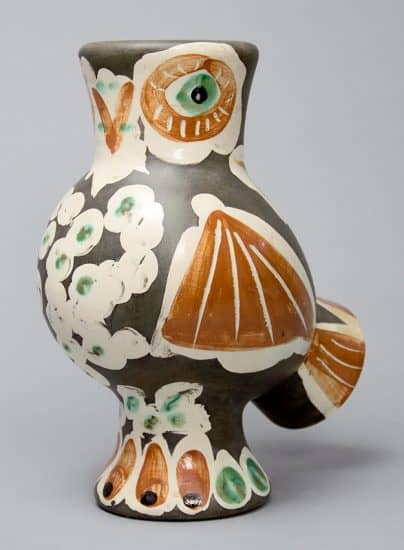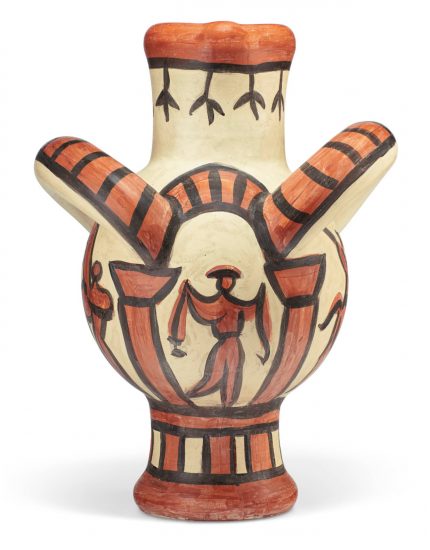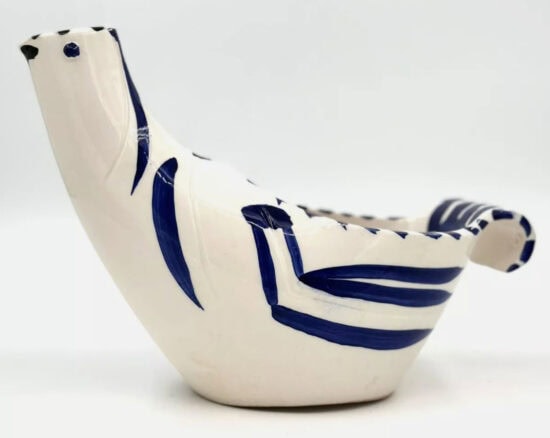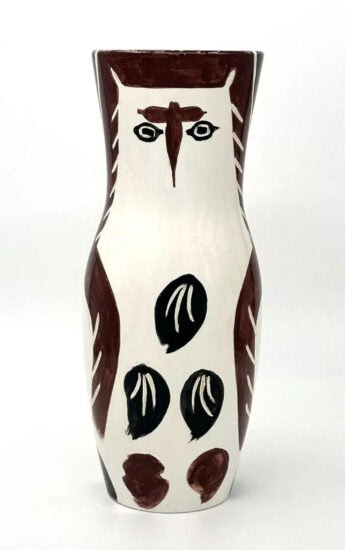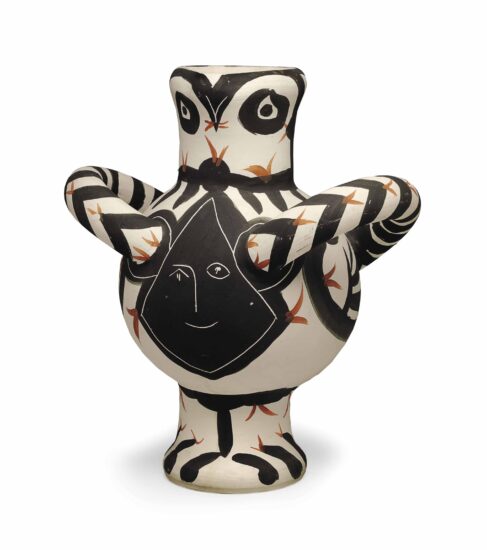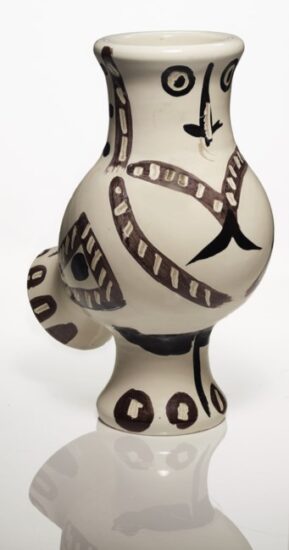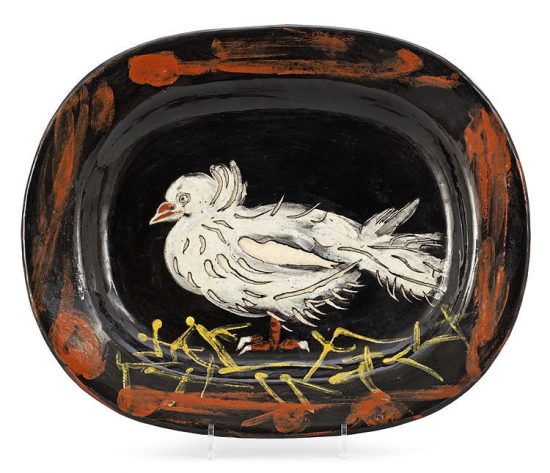Pablo Picasso Birds
Few artists have captured the human condition with as much range, depth, and daring as Pablo Picasso. And yet, amid his portraits of lovers, fractured figures, and revolutionary experiments with form, there exists a quieter, more lyrical thread in his oeuvre — his enduring fascination with birds.
Picasso Birds appear across his vast body of work as symbols of freedom, fragility, peace, and the poetic simplicity of the natural world. Far from incidental, these creatures served as both personal emblems and artistic motifs, rendered in a variety of mediums that reveal the softer, more spiritual side of an artist so often associated with intensity and upheaval.
Why Did Picasso Paint Birds?
Birds held personal and symbolic significance for Picasso. They were frequent visitors to his studios — both in physical form and in the imaginal world of his canvases. He admired their delicate beauty, their graceful motion, and above all, their freedom.
But more than mere aesthetic subjects, birds represented a kind of purity and innocence. Picasso often used them to express a longing for peace, especially after the atrocities of the Spanish Civil War and World War II. His most famous bird, the Dove of Peace, became an international emblem of hope and renewal — a symbol that transcended art and entered the realm of political and humanitarian iconography.
Mediums of Expression: Picasso Birds in Every Form
Picasso’s birds appear in drawings, lithographs, ceramics, paintings, sculptures, and even murals — testifying to his restless creativity and versatility.
1. Lithographs and Drawings
Perhaps his most iconic image of a bird is the “Dove” (La Colombe), a 1949 lithograph that was adopted as the symbol of the World Peace Congress in Paris. Based on a real dove gifted to him by Henri Matisse, the drawing is astonishing in its simplicity: a few spare, fluid lines that capture the essence of flight and gentleness.
Later, he would create line drawings of doves, owls, roosters, and pigeons, sometimes with childlike clarity, other times with mythic grandeur.
2. Ceramics and Pottery
In the small town of Vallauris, where Picasso explored ceramics in the late 1940s and 1950s, birds became a recurring motif. He etched owls and doves onto plates, pitchers, and tiles — imbuing utilitarian objects with poetic life.
The owl, in particular, held special meaning for him. He once adopted a wounded owl that had flown into his studio, and it became both a companion and subject. His ceramic owls are earthy and expressive, often merging human and animal characteristics.
3. Paintings
While not as frequent as in his drawings or ceramics, birds also appear in his paintings — sometimes as background figures, sometimes as central symbols. His 1937 mural “Guernica” includes a hidden bird — possibly a dove or chicken — screaming amidst the chaos, a subtle metaphor for innocence destroyed by war.
4. Sculptures
In his sculptural works, Picasso occasionally explored birds with surprising tenderness. His 1950 bronze “La Chouette” (The Owl) is compact, almost totemic, exuding a wise, protective energy. Unlike the aggressive dynamism of some of his earlier sculptures, these bird forms are serene, contemplative.
Picasso’s Kind Soul Toward Animal
Behind the public persona of Picasso — the genius, the provocateur, the lover — was a man with a genuine affection for animals. He shared his homes and studios with cats, dogs, monkeys, and birds, many of which became his artistic subjects and companions.
His relationship with birds was not just symbolic — it was deeply personal. When a wounded owl was found in Vallauris, Picasso nursed it back to health, despite the injuries it had sustained. The owl lived with him for years and was a regular feature in his drawings. He sketched it over and over, fascinated by its expressive eyes, stoic demeanor, and dignified form.
This affection extended to all creatures. Picasso’s gentle depictions of animals often contrast with the turbulence of his human figures, suggesting a reverence for the natural world and the purity it embodies.
Birds in Museums: Famous Picasso Bird Works in Collection
Several museums and collections hold notable Picasso bird works, many of which are widely exhibited:
- Musée Picasso (Paris) houses several of his lithographs and drawings, including early studies of doves and owls.
- The Tate Modern (London) holds a number of Picasso’s ceramics, including plates and jugs with birds etched or painted on them.
- Museum of Modern Art (MoMA, New York) has various Picasso prints and lithographs that include birds, particularly from the post-war period.
- Musée National Picasso-Paris displays the original 1949 “Dove” that became the peace symbol — a small work, yet monumental in meaning.
These works, often understated in size and execution, carry immense cultural weight due to their symbolism and Picasso’s international stature.
Collectability: Picasso Birds in the Art Market
While Picasso’s portraits and large-scale Cubist works dominate the top tiers of the art market, his bird-themed pieces are cherished by collectors for their intimacy and historical resonance.
- Ceramic works with bird imagery, particularly owls and doves, are highly sought after, often selling in the $50,000–$500,000 range depending on provenance and rarity.
- Original lithographs of doves (especially the signed 1949 version) are considered iconic and can fetch $100,000 or more at auction.
- Drawings of birds, particularly those with personal notes or dedications, are prized by collectors who value their spontaneity and warmth.
Birds, as recurring subjects, are considered symbols of Picasso’s humanity and simplicity — qualities that enhance their appeal in the market.
Most Expensive Picasso Bird Works Ever Sold
While none of Picasso’s bird-themed works have reached the astronomical prices of his portraits or Cubist masterpieces, a few notable sales stand out:
- “Dove of Peace” (1949, signed lithograph)
Sold for $314,500 at Sotheby’s (2020) — an auction record for this version of the lithograph. The piece, small in scale but grand in symbolism, continues to resonate globally. - “Grand Vase aux Oiseaux” (1951, painted ceramic)
Sold for $1.2 million at Christie’s (2013). This unique ceramic work features stylized birds and is among the most expensive Picasso ceramics sold to date. - “Chouette” (1950, bronze owl sculpture)
Sold for $2 million at auction in 2018 — a testament to the enduring allure of Picasso’s sculptural interpretations of birds.
These sales show how even his more modest and intimate works command reverence and high value, especially when they reflect his personal vision of peace and nature.
The Spirit of the Bird in Picasso’s Art
Pablo Picasso's birds are more than decorative — they are meditations on freedom, innocence, resilience, and the essence of life itself. In their gentle curves and minimal lines, we see a side of Picasso often obscured by his myth: the tender soul, the animal lover, the man who found truth in the flutter of wings.
Whether carved in clay, drawn in a single fluid gesture, or immortalized in lithograph, Picasso’s birds remind us that even the smallest subject, when touched by genius, can take flight into eternity.
Buy Pablo Picasso Birds For Sale With Us
We guarantee the authenticity of the work. Your fine art purchase is always accompanied by our Certificate of Authenticity, historical documentation, and museum-archival framing. Read more
